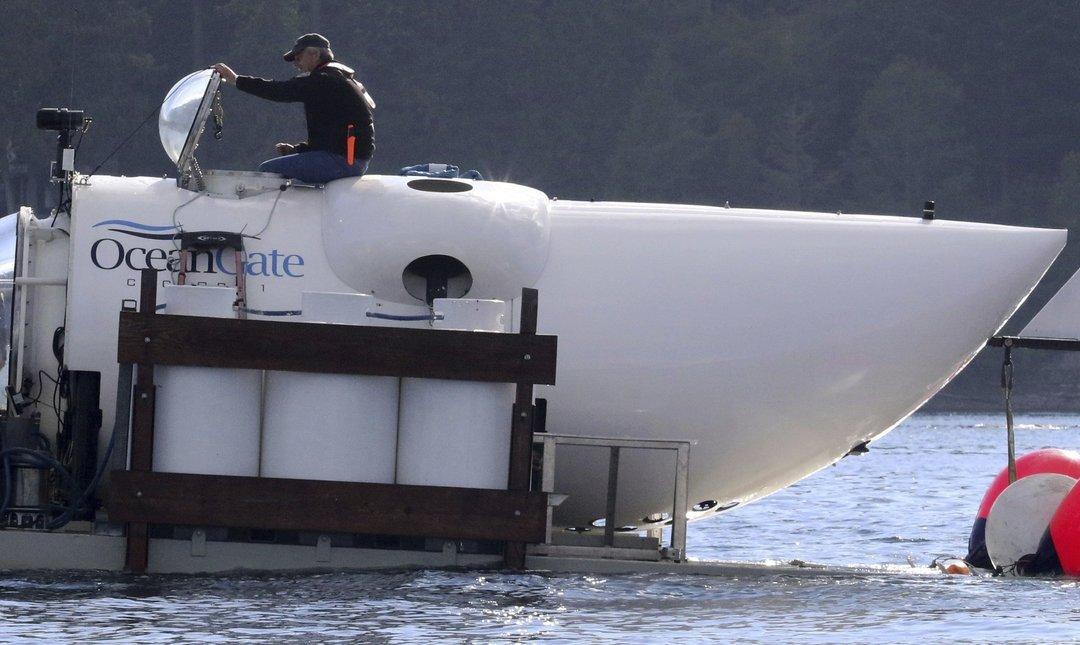The U.S. Coast Guard said that search and rescue crews found a debris field near the wreckage of the Titanic in the North Atlantic Ocean, coming days after a rescue effort was launched to find a missing OceanGate submarine with five people on board.
In a post on Twitter Thursday, the Coast Guard said an underwater vessel found a debris field near the wreckage, although no details were provided. It’s not clear if officials believe the debris field is connected to the OceanGate Titan submersible vehicle or if they believe the crew and passengers are still alive.





